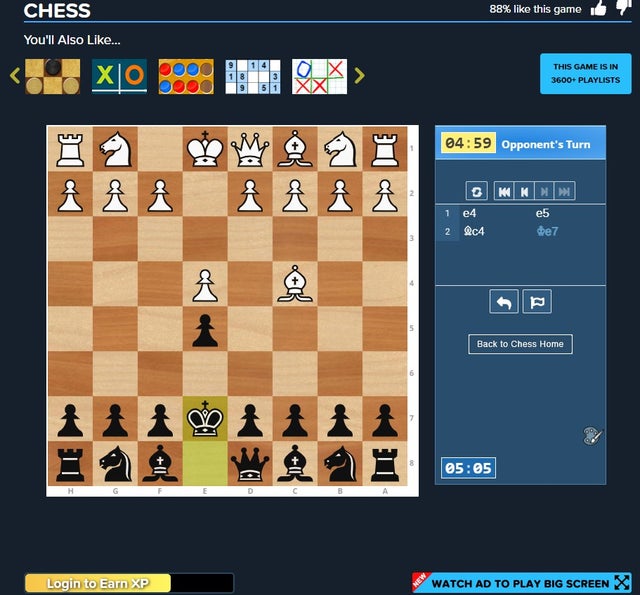
Falling Balls requires skill and is extremely challenging. The Physics of gravity and timing of the ball's falling will challenge you. However, mastering the game will reward you with a high score. You can also win trophies for catching falling balls!
Falling balls and scrunched paper
While crumpled paper is similar to falling balls, there are important differences. Crumpled paper is lighter than flat paper but has the same volume. Crumpled paper is more resilient to the air pressure when it falls. This slows down the speed of falling objects.
Because of the variations in their folds, paper balls don't have a uniform structure. Although they may be unique, researchers have not seen enough crumpled paper balls to prove it. Researchers can't compare crumpled papers balls with other objects with uniform structures like snowflakes, fingerprints, dust particles, etc.

Physics of gravity
Gravitational forces from the earth always accelerate falling bodies. A falling ball experiences an acceleration rate of 9.8 m/s2 at a given velocity. This acceleration, also called the acceleration due gravitation, is what a falling ball experiences at a given velocity. To calculate the acceleration due to gravity, the initial velocity u=0 must be multiplied by the height h at the time t.
The acceleration caused by gravity can vary depending on topography, subsurface geology, and other factors. However, data from an introductory course in physics can be used to make a simple calculation about the acceleration. An object, usually a ball of metal, is dropped from a predetermined height. It is then recorded how long it fell. If measurements are taken accurately, the results can be trusted.
Timing the ball's drop
The science behind timing the fall of balls is simple. It refers to the time taken for a ball from its initial position to reach its destination. To calculate the time it takes for a ball to fall, multiply the distance it traveled by its initial velocity. Divide that value by its time to fall. The resulting equation is s=1/2at2 where s is the initial velocity of the ball and a is its acceleration due to gravity.
The first part of this equation is based on a model of gravitational acceleration. This model allows us to predict the motion and trajectory of a falling ball. The time it takes to contact a target with constant velocity can also be predicted. To minimize misjudging an object's acceleration, this mechanism requires that the user constantly updates their sensory information.

Luck of catching the ball
The odds of catching a baseball falling from the sky have varied throughout history. There have been many attempts at throwing the baseballs, including ones from the tops buildings like the Washington Monument at 555 feet, the Tribune Tower at 462, and Terminal Tower at 680ft. But, the record hasn't been broken since Joe Sprinz, an ex-baseball player, broke his jaw, and lost some teeth after the ball traveled at 154mph.
FAQ
What are the different types of early childhood education?
There are many ways to explain early childhood education. Some of the most popular ones are:
-
Preschool - Children ages 2 to 5
-
PreKindergarten: Children 4-6 years old
-
Head Start/ Headstart for children ages 0-3
-
Day Care/ Daycares- Children aged 0-5
-
Child Care Centers for Children from 0-18
-
Family Child Care - Children ages 0 to 12
-
Homeschooling – Children from KG up to 16
What is the difference between school and college?
Schools are typically divided into classes or grades with a teacher who teaches students. Colleges offer more specialized programs, and many include university-level classes. The majority of schools focus on core subjects, while colleges offer more specialized programs. The curriculum at both levels is intended to prepare students to study at higher levels.
How do I select my major?
Students choose their majors depending on their interests. Some students will choose to major or minor in a subject that interests them because they'll find it more enjoyable than learning about something else. Others wish to pursue a career that is not available. Others choose a major to make money while they study. Whatever your reasons, you should consider what kind of job you might like after graduation.
There are many ways you can find out more about different areas of study. Talk to your family and friends about their experiences. Check out newspapers and magazines for possible careers. Talk with a guidance counselor at your high school to ask about possible careers. Visit Career Services at the local library or community centre. Check out books on various topics from your public library. Use the Internet to find websites related to particular careers.
What is homeschooling, exactly?
Homeschooling refers to a way in which children are taught at home by their parents. It is also known as private education, self-education, or home educating.
If you want your children to learn at home, then homeschooling can be a great option. This method allows children to receive a quality education from home.
Children are educated by their parents from the time they are born until they reach high school. They decide what subjects and how long they should study. Every subject is taught by the student in his/her own time.
When to start teaching children is up to the parents. Many schools recommend that children enroll in classes between the ages four and twelve. However, some families wait to teach their children until they are old enough to do so.
Parents may use any number of resources to guide them through the curriculum. The lessons can be learned from videos, books and magazines as well as websites.
Many families find homeschooling works well for their busy schedules. It allows parents to spend more quality time with their children than traditional public schools.
What exactly is a school of trade?
Trade schools are an alternative way for people without success at traditional higher education institutions to earn a degree. They provide career-oriented programs to help students prepare for specific occupations. These programs require students to complete two years of coursework in one semester. After that, they enter a paid apprenticeship program in which they acquire a job skill and get on-the-job training. Trade schools are vocational schools and technical colleges, as well community colleges, junior colleges, universities, and other institutions. Some trade schools also offer associate degree programs.
Statistics
- These institutions can vary according to different contexts.[83] (en.wikipedia.org)
- Among STEM majors, that number is 83.5 percent. (bostonreview.net)
- And, within ten years of graduation, 44.1 percent of 1993 humanities graduates had written to public officials, compared to 30.1 percent of STEM majors. (bostonreview.net)
- They are more likely to graduate high school (25%) and finish college (116%). (habitatbroward.org)
- Data from the Department of Education reveal that, among 2008 college graduates, 92.8 percent of humanities majors have voted at least once since finishing school. (bostonreview.net)
External Links
How To
what is vocational education?
Vocational Education prepares students for work by giving them skills that are required for a specific job, such as welding. Vocational Education also offers apprenticeship programs that provide on-the-job training. Vocational Education is different than general education. It focuses on specific careers and not learning broad knowledge for the future. Vocational education does not prepare students for university, but it helps them find work after graduation.
Vocational education could be offered at all levels, including primary schools, secondary school, colleges and universities, technical schools, trade schools as well community colleges, junior college, and four-year schools. In addition, there are many specialized schools such as culinary arts schools, nursing schools, law schools, medical schools, dental schools, veterinary medicine schools, firefighting schools, police academies, military academies, and other military schools. Many of these schools offer both academic instruction and practical experiences.
Over recent decades, there have been significant investments made in vocational education by many countries, including Australia, Denmark (Finland), Germany, Ireland and Japan. It is still controversial whether vocational education is effective. Some critics say it does not improve students' employability. Other argue that it prepares them well for life beyond school.
The U.S. Bureau of Labor Statistics has estimated that 47% of American adults hold a postsecondary certificate or degree related to their current occupation. This figure is higher among those with more education: 71% of workers aged 25-29 with a bachelor's degree or higher are currently employed in fields requiring postsecondary credentials.
The BLS reported in 2012 that almost half of all adults had some type of postsecondary credential. About one-third of Americans held a two-year associate degree, while about 10 percent held a four-year bachelor's degree. One out of five Americans held a master's degree or doctorate.
The median annual wage of a bachelor's degree holder was $50,900 in 2013, compared with $23,800 for someone without one. The median wage for advanced degrees holders was $81,300.
For those who did not complete high school, the median wage was only $15,200. Those with less than a high school diploma earned $13,000 per year.